Features of colored paving slabs and paving stones

Colored paving slabs and paving stones are a very important item in the field of territory decoration. It is divided into two-color, three-color and multi-colored varieties. It is necessary to carefully understand how it is made, how to choose this material and how to apply it.
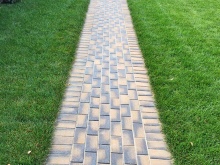
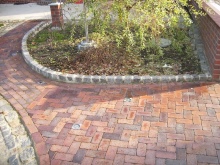
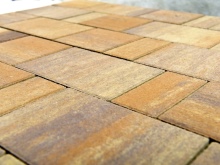
Views
Decorating plots is done by various means, and a lot of money is spent for it. But the fact is that a lot also depends on the correct design of paths, playgrounds and courtyards. In this sense, bright decorative blocks greatly outperform their monochromatic counterparts, and even more so against gray asphalt. The classic version of multi-colored (or rather, two-color) tiles is a combination of white and black tones. You can also try:
-
black and red;
-
red and black;
-
blue-green;
-
yellow-brown;
-
white and pink varieties.
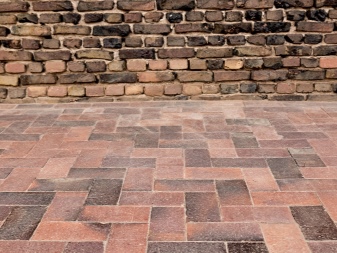
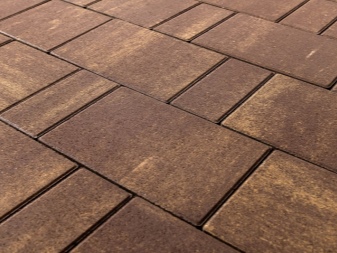
There are also three-color paving slabs on the market. Good examples include:
-
PK 04SG Rotbraun-Bunt spezial Gerumpelt;
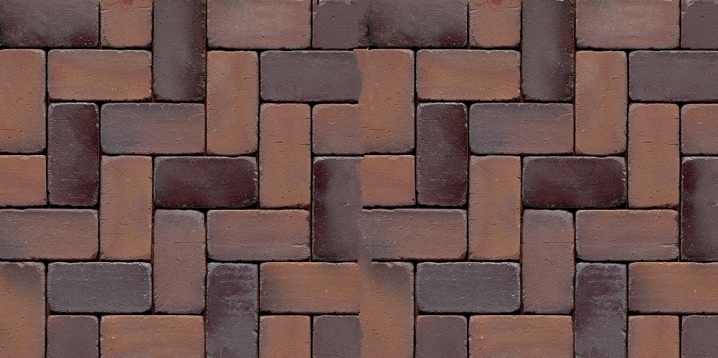
- "Landhouse" Color Mix Dawn;
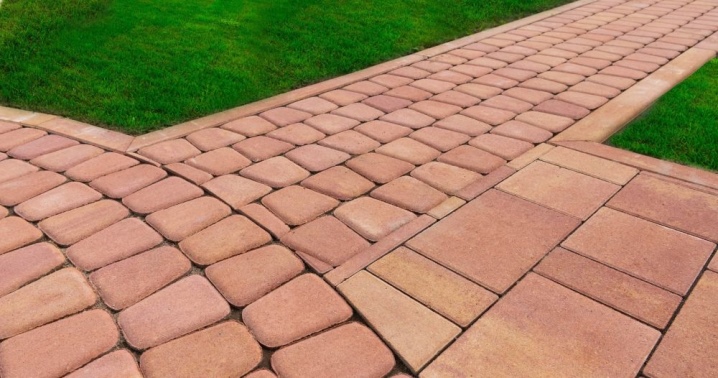
- "Venusberger" Color Mix Steppe;
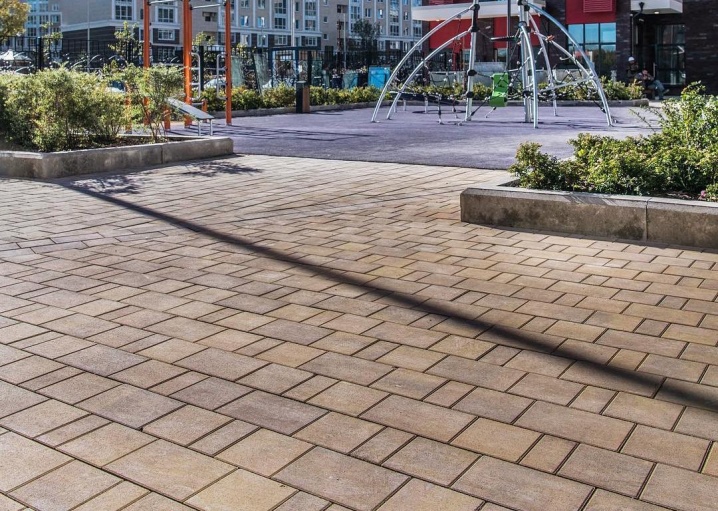
- PK 07 Herstlaub.
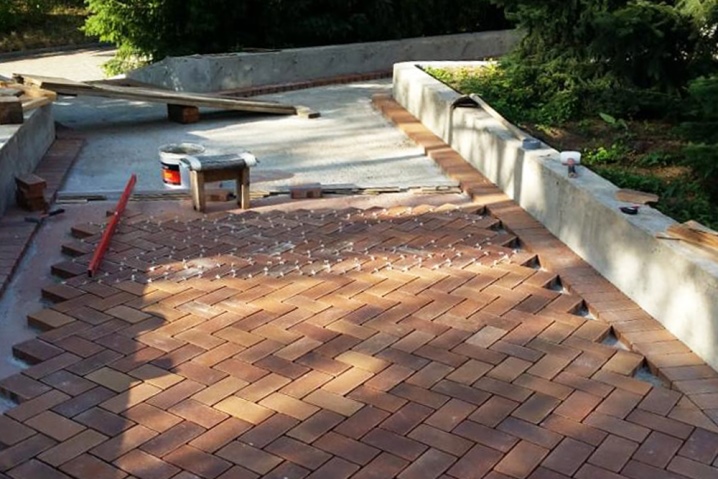
How do they do it?
The production of colorful paving stones is done in two ways. With the "through" method, a special dye is added there while mixing the solution. The second way is that the paint is applied to the completely finished product. This is done if you need to change the color of colored paving slabs. Coloring the surface also helps to reduce slippage; usually alkyd or polyurethane based dyes are used.
Important: with active use, the outer coating can wear out quickly. Making paint from natural substances helps to increase the color retention period.
Through processing with pigments involves the use of a fine powder that must be thoroughly ground. It should be noted that only components with the same dispersion can be mixed. Another subtlety - the selection of proportions is always empirical, since it is impossible to accurately calculate them.
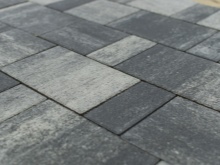
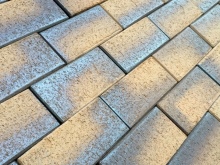

Selection Tips
It should be noted right away that the pursuit of the brightest coverage is not very promising. Over time, too juicy colors begin to even irritate. Moderate pink and light yellow colors can almost always be used for years. They do not show excessive brightness and assertiveness, but they help create a positive mood. When using two or more colors in a composition, you need to carefully check how well they combine, whether there are obvious contradictions.
If possible, tiles from the same batch should be used. Even products of the same brand, but released at intervals of several weeks, can differ significantly in terms of shade. Before buying, you need to get acquainted with the colors of the tiles in natural light, laying them on the ground. Coloring on a computer screen, in a paper catalog, or even on a backlit stand is not very adequate. It is recommended to read the reviews as well.
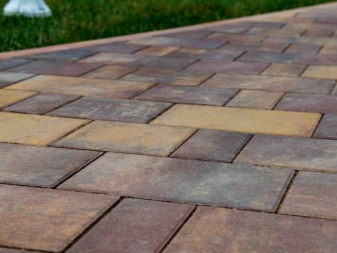
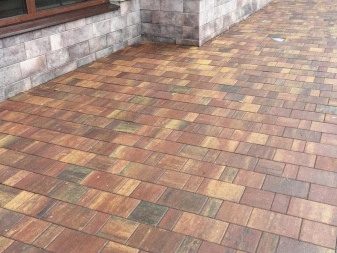
Features of use
Colored paving slabs can be used for:
-
actually, sidewalks;
-
garden and country paths;
-
park zones;
-
the roadway;
-
curb.
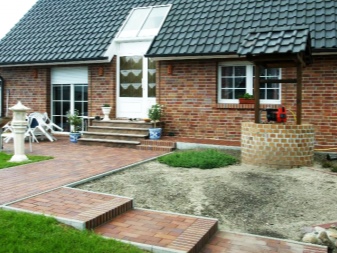
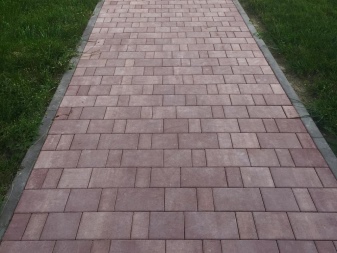
The layout of such products does not differ much from working with simpler one-color solutions. The marking of the territory must be carried out. It is required to draw up an accurate diagram, taking into account the slope of the terrain. The markup is done by:
-
roulette;
-
pegs;
-
stretched cords.
Often paving slabs suffer from peeling and splitting of the surface layer.Often this is reflected not only in the aesthetic, but also in the technical (mechanical) characteristics of the products. Basically, a similar problem is associated with the wrong selection of material in thickness. Very thin tile blocks are susceptible to breakage due to overloading.
Important: even at the design stage, you should thoroughly consider the drainage scheme and its practical organization.
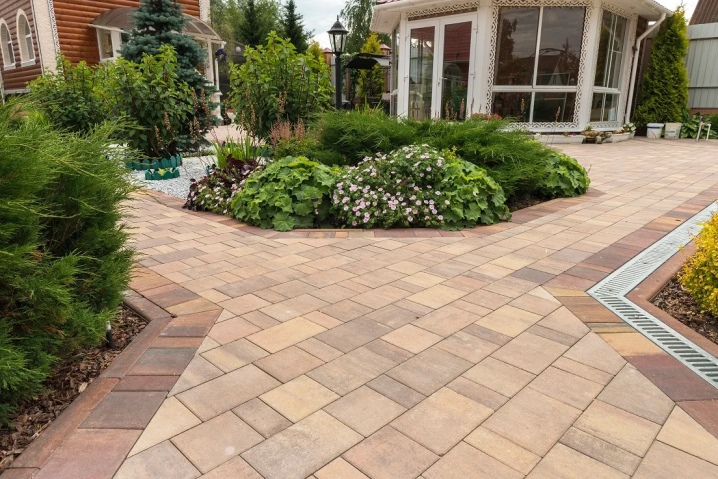
Another problem often arises - how to clean the paving slabs of cement. Large areas of contamination are knocked down with a chisel, chisel and other sharp percussion tools. Important: you should carefully dose the force of the impact. If it is weak, the dirt will remain, if it is too strong, the tiles may crack or become cracked. A small drop or influx is not knocked down, but scraped off; stains and streaks can be removed with phosphoric acid and similar chemicals.
Repairing tiles is also very difficult, but possible. Before work, they protect the entire problem area. They dig in the damaged sidewalk and, dropping below the concrete cushion, if there is one, turn the tiled masonry out of the ground. Individual tiles are knocked out lightly with a pry bar, then pushed upward with a wooden wedge. The replacement element is first put “on dry” for fitting, and then removed, if everything is correct, and the solution is already poured.













The comment was sent successfully.